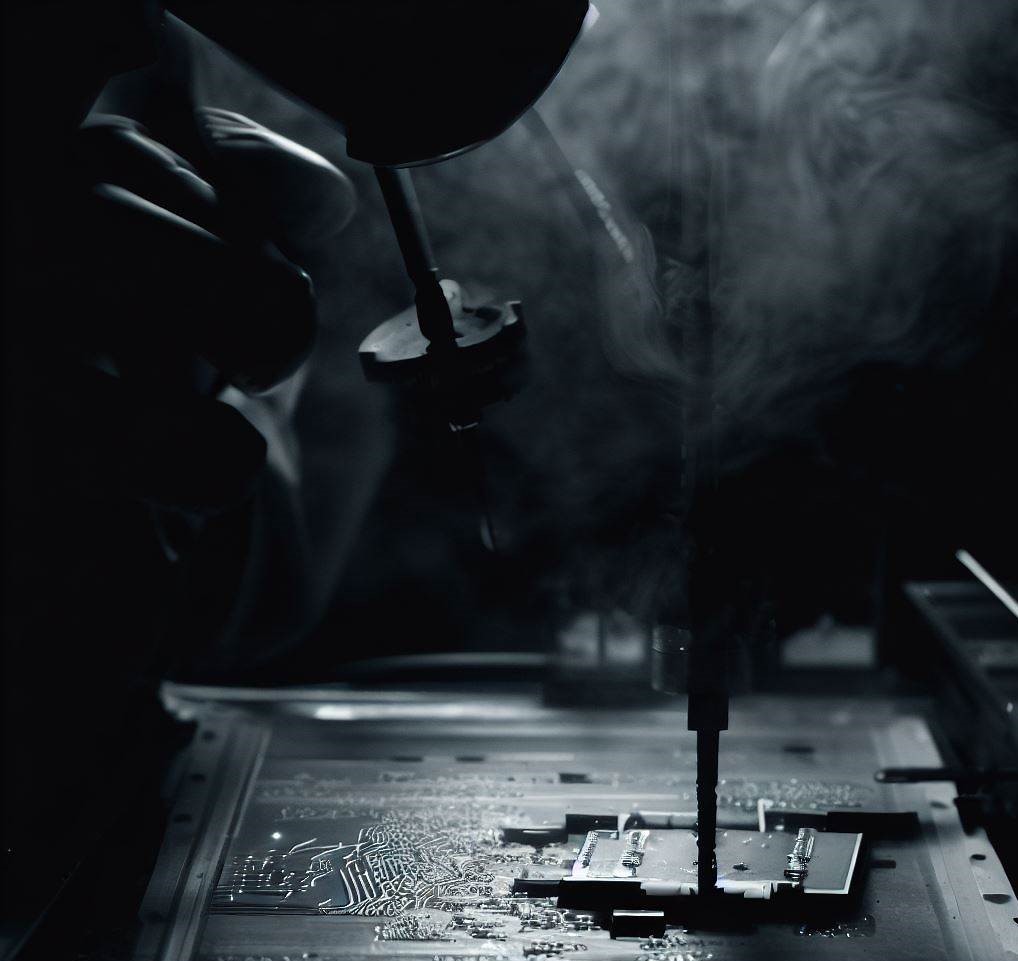If you're interested in PCB (printed circuit board) manufacturing, you may be wondering about the chemicals used in the PCB etching process. Etching is the process of removing unwanted copper from a PCB to create the desired circuit pattern. In this article, we'll discuss the most common chemicals used in PCB etching, their capabilities, and the history of their use.
History of PCB Etching Chemicals
Before we dive into the details, it's worth noting that the chemical process for PCB etching has evolved over the years. In the past, ferric chloride was a popular etchant liquid for PCBs [1]. However, in recent years, manufacturers have turned to newer chemicals for etching, including ammoniacal etchant and cupric chloride. These chemicals have been shown to be effective in the subtractive method of PCB production, which involves selectively removing copper from a substrate to create the desired circuit pattern.
Ammoniacal Etchant
Ammoniacal etchant is a chemical solution commonly used in the PCB etching process. It consists of ammonia, water, and copper sulfate, and is an effective etchant for copper-based PCBs. Ammoniacal etchant is preferred over other etchants for its high selectivity and low attack rate on copper. It is also environmentally friendly, as it can be safely disposed of and does not harm the environment [3].
Cupric Chloride
Cupric chloride is another chemical solution commonly used in the PCB etching process. It is a strong oxidizing agent that dissolves copper and other metals, making it an effective etchant for PCBs. Cupric chloride is preferred over other etchants for its high speed and efficiency in removing copper. It is also easy to prepare and use, making it a popular choice for many PCB manufacturers [2].
Conclusion
In conclusion, ammoniacal etchant and cupric chloride are the two most commonly used chemicals in the PCB etching process. Both chemicals have their advantages and are preferred over other etchants for their effectiveness and ease of use. While ferric chloride was once a popular etchant liquid for PCBs, newer chemicals have proven to be more effective and environmentally friendly.
FAQs
- Is the PCB etching process dangerous?
- While the chemicals used in the PCB etching process can be hazardous if not handled properly, with proper safety measures and equipment, the process can be done safely.
- Can other chemicals be used in the PCB etching process?
- Yes, there are other chemicals that can be used for PCB etching, but ammoniacal etchant and cupric chloride are the most commonly used due to their effectiveness and ease of use.
- What is the subtractive method in PCB production?
- The subtractive method involves selectively removing copper from a substrate to create the desired circuit pattern.
- Is ferric chloride still used in PCB etching?
- While ferric chloride was once a popular etchant liquid for PCBs, newer chemicals such as ammoniacal etchant and cupric chloride have proven to be more effective and environmentally friendly.
- Can the chemicals used in PCB etching be safely disposed of?
- Yes, with proper disposal methods, the chemicals used in PCB etching can be safely disposed of without harm to the environment.











 2023-05-11
2023-05-11
 BEST
BEST

.png)
.png)
.png)
.png)

.png)

